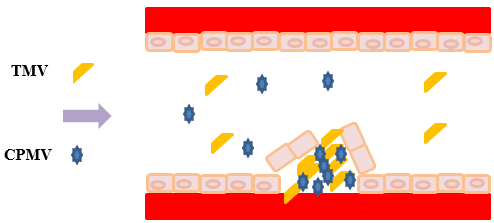Bionics is the study and design of engineering system including electronic ones and these systems are based on the biological system. Bionics is also termed as biomimicry and it is similar to biologically inspired design. The word bionic was coined by Jack E. Steele in 1958. Nanobionics is the nanoscale electronic interactions in biological systems. Bioinspired nanotechnology works with small-scale biomolecules fabricated with high accuracy.
Bioinspired silica synthesis
Biological methods are used for the preparation of 60 different nanomaterials in favorable conditions. These nanomaterials have potential benefits and many applications in different fields. Biogenic silica produced from microbes, plants and animals in controlled environment have properties like;
- Highly sophisticated
- Hierarchically organized
Organic molecules like proteins and enzymes are used that have the role in the regulation of chemistry of silica formation inside the cell. e.g. protein isolated from microorganisms have the role in silica formation are;
- Amines obtained from microalgae
- Silicatein protein isolated from silica forming sponges
In vitro based studies are also done to determine the molecular interaction between silica and biomolecules from different organisms. These studies include modelling and simulations provides information on the biogenesis of silica.
Applications of Nanobionics and Bioinspired nanotechnology
Textile industry
Nano-finished fabrics have some remarkable properties that it possible by the use of nanotechnology and these properties include water repellency, self-cleaning, nano-capsules of moisturizing agents, soil resistance, anti-bacterial, anti-static and UV-protection, and flame retardation. Besides its beneficial effect, it has been found that this technology is having some negative effect on human health and environment as well. When nano-sized biological material directly interacts with the body and it is biologically available to the body then it is having the risk to the human health.
Targeting thrombosis
Thrombosis is a major health threat but biologically inspired nanotechnology have the greater role in diagnosis by molecular imaging and drug delivery to the target site. Thrombus formation can be diagnosed by bioengineered nano-probes formation. Nanoparticles were developed by using plant viruses and their fabrication with fibrin-binding peptide i.e. cowpea mosaic virus (CPMV) and tobacco mosaic virus (TMV) considering shape and surface chemistry of Nanomaterials as essential factors.

The shape of CPMV is icosahedral and that of TMV is rod-shaped. These viruses show fibrin binding specificity in the presence of targeted peptides when viewed in magnetic resonance and optical imaging. Rod-shaped viruses attach more with thrombi then the icosahedral virus.
Environmental Decontamination
Bioinspired silica nanomaterial’s that are porous in nature are used in selective adsorption and pollutants removal from air or water. It also has a role in the removal of formaldehyde from contaminated water bodies. Bio-inspired silica has the potential for adsorption and environmental remediation of volatile organic compounds.
Biocatalysts
Bioinspired nanotechnology is used for the production of catalysts and has several advantages; mild conditions requirement, one-step procedure, high enzymatic activity, high stability, and fewer waste productions.